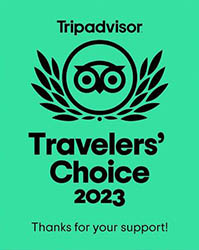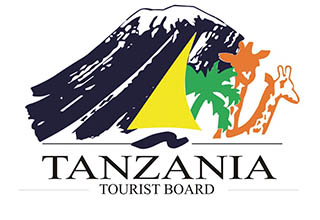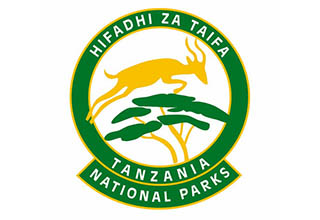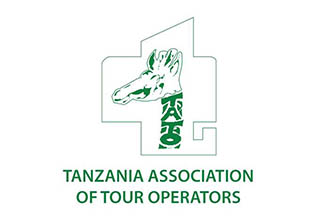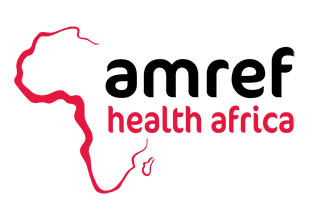We recommend a minimum of 10 days from the USA, although some people may wish more time for the trip. We can customize itineraries or routes to offer more days in the park. Some people may wish to climb nearby Mount Meru as well. If you have more than 10 days, you can choose any of the main routes on the mountain and still have time for a wildlife safari before or after your trip.
Frequent Asked Question
You can climb any month of the year. At lower elevations, April, May and November are quite wet while March and June are transition months. August and September are the coldest and driest months. January, February, July, August and September are all popular climbing months.
It is more reasonable to measure each day in hours walked rather than miles. Most days, other than the summit day, will begin with breakfast around 6:30 AM and departure at 7 AM. You will walk 4-5 hours with a break for lunch followed by another hour or two of hiking in the afternoon. These days are not long or difficult and you will be advised to walk slowly (“pole- pole” or “slowly, slowly” in Swahili) by your guide.
Most groups will start for the summit on ascent day at 11 PM to 12:30AM, depending on the perceived fitness of the group, the weather and the route. The pre-dawn hours, while cold, are also the calmest and clearest. The best views from the summit are at dawn. Often clouds and high winds develop not long after sunrise making the summit much less attractive and the descent more difficult. Guides who have been to the summit scores of times report that it is very rare to find it cloudy at the summit at dawn in any season. The ascent day is a very long day of hiking. Some people may require 15 hours to reach the summit and descend to the campsite for that day.
You will simply carry a day pack of about 5-6 pounds, though some people carry more or less. Your gear, not to exceed 33 pounds, will be placed inside a waterproof duffle at the trail head, and a porter will carry this for you. If you have things you do not need on the climb, you may leave a bag behind at Arusha.
The usual ratio is three local staff for each climber, although small groups may have four staff per climber. These usually consist of an English-speaking guide or guides, a professional cook and gear-carrying porters. We encourage you to interact with your staff, though some will have limited English. They are all trustworthy local people who have grown up in the shadow of the mountain. Many of them have climbed the peak 50 or more times.
We provide tents, food, utensils and leadership. You should bring your own sleeping bag rated to 10 degrees F., water system, personal clothing, sleeping pad, light duffle bag and day pack. Hiking poles can be rented for $10 for the trip. A packing list is provided to all climbers, along with our pre-departure packet.
Your tents are mountain-style, double-walled, mosquito-netted and durably-floored with waterproof material. While technically rated as four-person tents, they very comfortably accommodate two people. Tents are erected and packed up by the staff porters. There is enough space for tall people to stretch out and room for your gear within the tent. On the Marangu Route the huts are just large enough for four bunks built against the walls of A-frame cubicles. Tall hikers will feel cramped. Gear is stored on the floor. Wash and toilet facilities are shared and are outside of the bungalows.
Expect to eat well, amply, and on time. Your cook works with a variety of fresh, canned, freeze dried and mix ingredients to produce multi-course meals. We emphasize drinking plenty of fluids and you will have choice of beverages including tea, coffee, cocoa, milk, lemonade and water. The evening meal will include meat, soup, salad, a vegetable course and dessert. Carbohydrates come from cereals, breads, rice and pasta. Vegetarians are catered for. You may wish to bring trail snacks and protein bars, but they are not necessary.
There is always plenty of water in each campsite. It is boiled before distribution to climbers. While you will not need to bring additional bottled water, you may wish to bring flavoring.
No one is forced to go on. There is always enough staff to split the party according to need and regroup later at the camp. Most people have no trouble reaching the highest campsite. If some party members decide not to climb the final distance they can wait for the climbers to come back down the same way or take a lateral path to the descent route.
You must arrive healthy and fit. A cold or other respiratory sickness is likely to worsen on the climb. There is no malaria risk on the mountain and biting insects are not evident. You should bring water purification tablets, though you may not need them.
We always have a first aid kit close at hand. Serious injuries are rare. Porters will assist injured climbers to the base of the mountain and onward to a clinic or hospital. Kilimanjaro International Airport is very near Marangu Gate if evacuation to the US or Europe is advisable.
Bottled oxygen is not routinely available on this climb and not included in the price of the trip. The most immediate treatment for serious altitude sickness is rapid descent, which is always possible on Kilimanjaro. Virtually no climbers on the mountain carry oxygen. If upon reaching the final campsite before the ascent your guide judges you to have serious symptoms of altitude sickness, you will not be permitted to attempt the final climb. Oxygen may be available on an emergency basis or at an added cost, but not as an aid for climbers who have not acclimatized adequately on their own.
Check with your doctor and the Center for Disease Control for current recommendations. None are required for entry to Tanzania from the USA or for re-entry to the USA. If you are arriving from a yellow fever epidemic area such as Kenya, proof of vaccination is required.
Yes, you can obtain it in advance or on arrival at Kilimanjaro Airport.
Depending on which route you choose, the climb will cost roughly between $1,500 and $2,700 not including airfare. This price with Kilimanjaro Nature journey includes all transfers, hotel nights before and after the climb, all regular meals, all park fees, transfers to and from the trail head for you and your staff, airport transfers, and group equipment (not including sleeping bag and pad). As for expenses you may incur that are not included in your trip cost, you will probably tip your porters and guides $50-100 depending on group size. The cost of renting trekking poles is $10 for the trip, if you do not bring your own. Also, you may want to buy souvenirs.
The major sources of cost variations are the money spent on food, off-mountain accommodation, porter and guide wages, tents and the cost of getting to the mountain. Kilimanjaro Nature is determined to provide the best food, best guides and porters, best tents and equipment, top quality before-and-after-climb accommodation, a full professional pre-climb orientation, insurance for all staff and inclusion of all park permits, meals, transfers and local hosting costs. On some of the least expensive trips food is minimal and often prepared by frying. Because guides and porters are expected to cover part of their wages with tips, these companies cannot attract the best staff. Often they do not provide full warm clothing to staff. The mountain is hard on tents which are expensive in Tanzania meaning that tents on cheap trips are often worn or dirty. Our approach is not to provide the cheapest trip, but rather to do everything we can to increase the likelihood you will reach the summit and enjoy the overall experience with a staff of people who are well qualified and compensated for the extraordinary assistance they provide to you.

